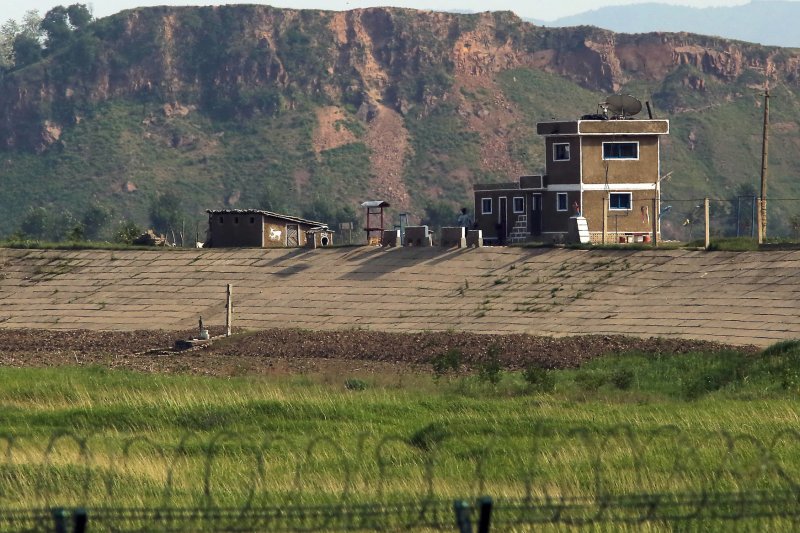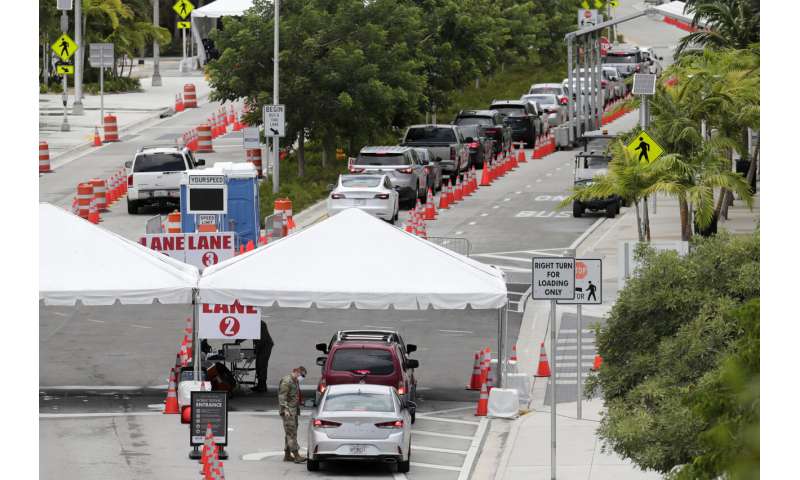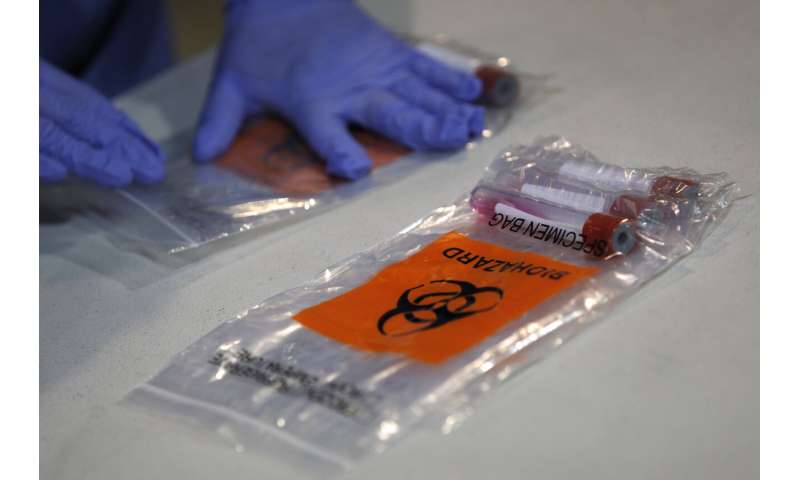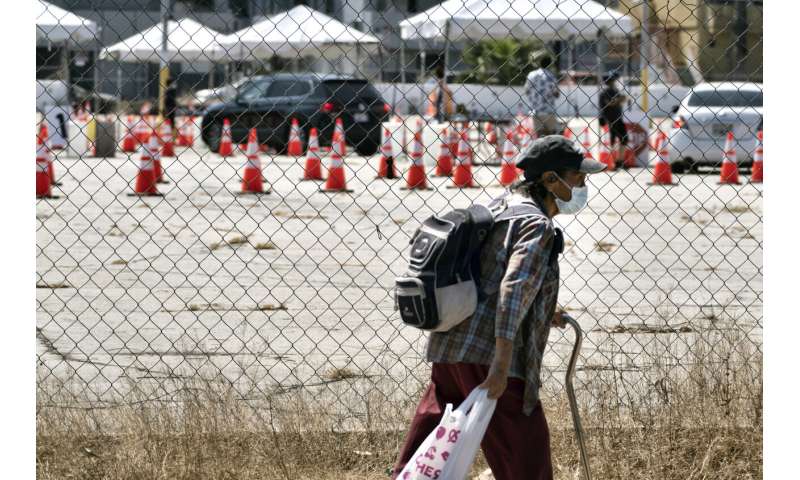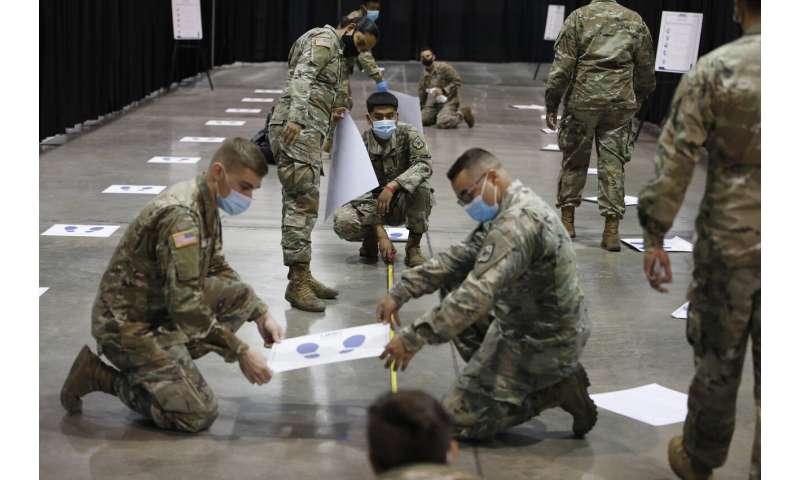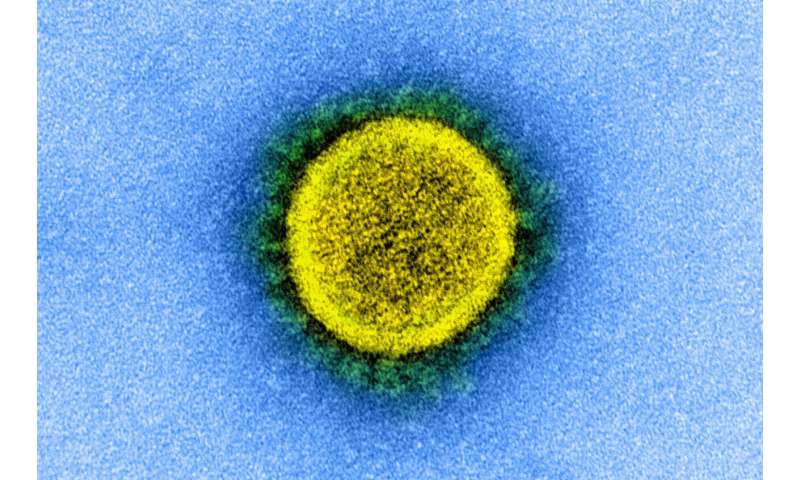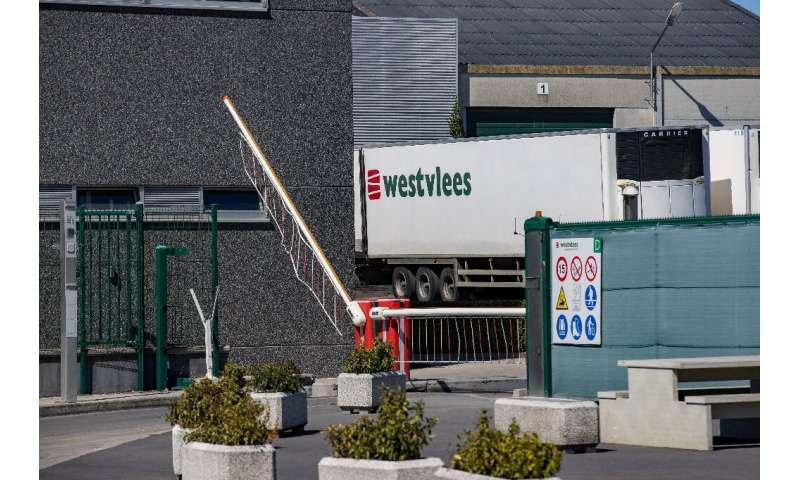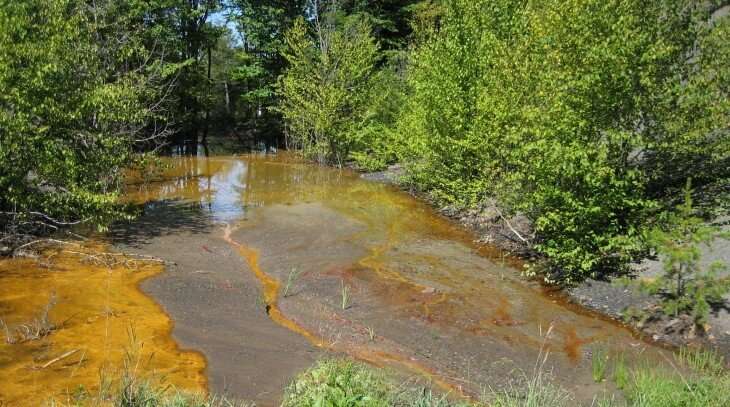Study: Saving pandas led to downfall of other animals

A young giant panda struggles to climb down a tree at the Panda Research Base in Chengdu, Sichuan Province, China on November 20, 2017. A new study says that other species suffered in conservation regions where pandas thrived. Photo by Stephen Shaver/UPI | License Photo
Aug. 3 (UPI) -- Efforts to save the giant panda from extinction have come at the expense of other large mammals, a new study released Monday by the science journal Nature Ecology and Evolution said.
The study, led by Sheng Li, of Peking University, and William McShea, of the Smithsonian Conservation Biology Institute, suggests that leopards, snow leopards, wolves and Asian wild dogs have disappeared in areas protected for the giant panda.
The giant pandas have long been considered an "umbrella species," meaning conservation efforts to benefit them were believed to have a spinoff effect that would benefit others. While some species have benefited, others have not.
Some researchers are now calling for a broader approach in managing the ecosystems where the giant pandas live so they can thrive but not to the determent of other species.
Since the giant panda reserves were set up in China during the 1960s, leopards have disappeared from 81% of reserves, snow leopards from 38%, wolves from 77% and Asian wild dogs from 95%.
Researchers found with the dwindling numbers of leopards and wolves, deer and livestock have mostly roamed free without a threat from natural predators, causing damage to natural habitats for surrounding wildlife, including the pandas.
Samuel Turvey, of the Zoological Society of London, said that while protecting umbrella species have proven successful in many incidences, researchers cannot ignore continued human activity on the wider ecosystem and how non-targeted species are affected.


